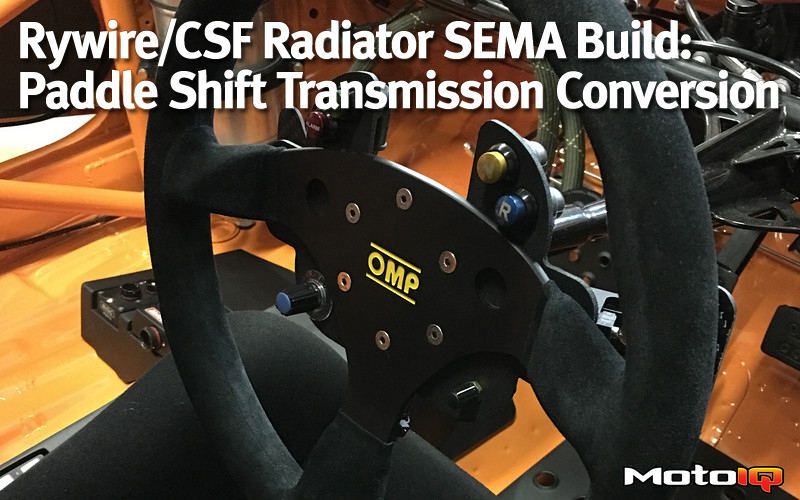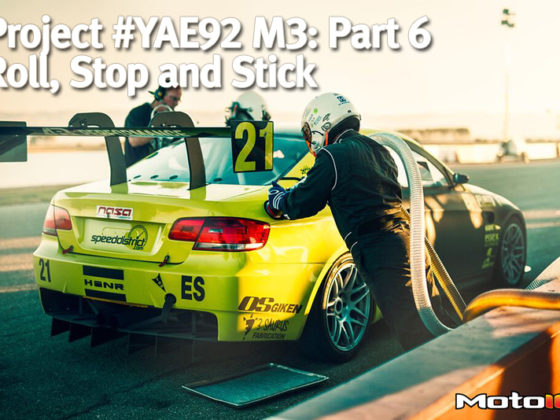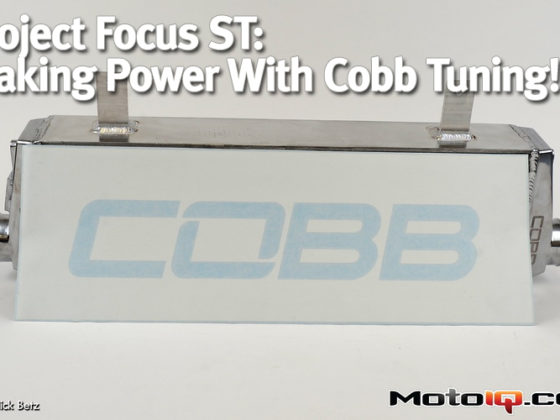,
 A drive by wire throttle system is a very handy addition to a paddle-shift vehicle. It can be useful for throttle blipping, and many cool secret techniques like traction control and idle control. This is a two-part system consisting of the throttle body and throttle pedal. Most systems can accommodate any pedal and throttle combo. I chose a unit from an OEM Toyota and Subaru for mine.
A drive by wire throttle system is a very handy addition to a paddle-shift vehicle. It can be useful for throttle blipping, and many cool secret techniques like traction control and idle control. This is a two-part system consisting of the throttle body and throttle pedal. Most systems can accommodate any pedal and throttle combo. I chose a unit from an OEM Toyota and Subaru for mine. To accompany my driver controls I need a screen to view warnings, gear indication, engine vitals, and many other cool things, so I invested in a MoTeC C187 digital dash. With its 7 inch screen I can view all the data and gear status easily and with no glare or blurriness.
To accompany my driver controls I need a screen to view warnings, gear indication, engine vitals, and many other cool things, so I invested in a MoTeC C187 digital dash. With its 7 inch screen I can view all the data and gear status easily and with no glare or blurriness. To switch on my compressor, and to apply power to many other key elements in my car's system, I’ve added a MoTeC PDM. This acts as a body control computer, used to switch and monitor power to components like my ignition coils, fuel pumps, fuel injectors, and the air compressor. This device allows me to monitor amperage draw on every circuit of the car, it can be set up to give warnings on my display, or keypad to alert me of excess amperage draw on any specific device. It will allow me to catch electrical shorts before they have a chance of even heating up my wire.
To switch on my compressor, and to apply power to many other key elements in my car's system, I’ve added a MoTeC PDM. This acts as a body control computer, used to switch and monitor power to components like my ignition coils, fuel pumps, fuel injectors, and the air compressor. This device allows me to monitor amperage draw on every circuit of the car, it can be set up to give warnings on my display, or keypad to alert me of excess amperage draw on any specific device. It will allow me to catch electrical shorts before they have a chance of even heating up my wire.So what is actually happening from start to finish? How does this system work, and what cool stuff can be implemented?
The driver sends a request to the ECU to make an “up” shift. That digital input is quickly reviewed by the ECU. If all criteria are met the next step can happen. I chose this MoTeC ECU for its ability to monitor a variety of data including speed, gear, rpm, engine temp, front to rear wheel slip, and many others. This ensures optimal performance and allows for safer handling. For example, if the engine rpm is already too high in the power band, you may not want an up-shift to take place. You can set up the ECU to not honor the request in that situation. This is the reason I keep calling it a request. In many cases the ECU is smarter than I am, and that is why I chose this ECU. Yay MoTeC! After the ECU reviews the request and honors my request, it will then send a signal to the solenoid box to open the air valve for the actuator to quickly engage a forward push on the transmission lever. It may also cut ignition for a brief second so I can keep my foot planted. Basically the same thing is happening here if you are familiar with drag racers using a strain gauge on their shift levers.
Let’s say we are about to go into a hard turn and we are currently in the breaking zone. The down shift can be set up to blip throttle to the ideal rev range, keeping my rpm high and ready for me to press my electronic pedal back down to the floor! If I decide it will be a really tight corner and I can’t carry the speed I would like to, I can request for a multiple gear downshift. This is when you will really feel the paddle system giving you that F1 car sound. I can almost hear it now, the sound of my paddles clicking quickly down the line under braking, the e-throttle system working its magic with the throttle blips! Not bad, not bad at all…
If the ECU starts to see a decline in air inside the accumulator, it will quickly review its parameters and it will elect to send a request for the PDM to kick on the compressor and fill the accumulator up to the desired amount of air. The PDM is set up to review the request to ensure that it does not take more voltage than needed. This can be set up to safeguard things like the injectors which are duty-cycle driven, making them vulnerable to sudden drops in voltage. In my opinion a PDM is an essential part of any proper air driven systems and in fact, any proper motorsport build.
Sources



